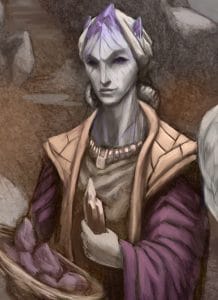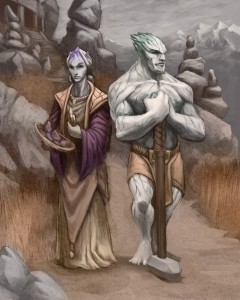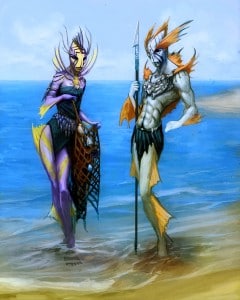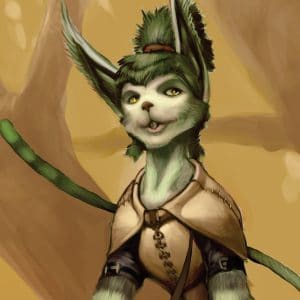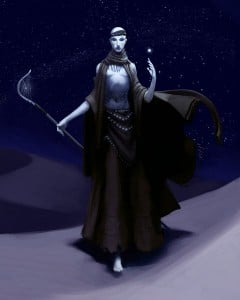The Functioning of the Guilds
Dorromee Ado, Grand Scholar, the Central Guilds, Tarnath
The Guilds, which teach Channels how to master The Six Energies, are one of the most powerful forces on the Tamarran continent. While they largely stay out of mundane politics, they are still a massive organization, and require a good deal of structure just to run.
While many think of The Guilds as one monolithic entity, they are actually six separate organizations, each with some unique traditions and rules, under one umbrella. However, in the interest of Energetic research, and of supporting all Channels across the continent, The Six Guilds have established ways of working together (described below), and consistently showing a united front.
Guild Governance
The Guilds of the Continent are governed by a central body known as The Guild Council, made up of six individuals who are the head of their respective Guild. They operate out of the Central Guildhouse in Tarnath, and meet with each other on a biweekly basis (or more frequently, when necessary).
The Guild Council is also supported by an Advisory Board and an extensive staff of wards. Wards (sometimes called “foundlings”) comprise most of the non-channels in the Guild structure. They come from all of the Ten Races (and sometimes other species, as well), and are generally brought into the Guilds at an early age and given training and education. There has been some controversy over the practice of taking in these wards. Some charge the Guilds with forcible abduction and brainwashing, while others contend that most of these individuals are orphans or otherwise abandoned and lost children, who are given opportunity far beyond what their lot in life would have otherwise offered. But this is a discussion for another day.
Within each individual Guild a head Channel has top authority, making all necessary decisions.
Funding
Each local guildhouse is responsible for collecting tithes and other sources of income from individual members, with the regional guildhouses ensuring collection from these guilds themselves. They then pass on this funding to the Guild Central Council, which allocates the money. Some of this funding goes towards special departments, such as the GERC and the Aegis of The Six, but the majority of it is divided evenly amongst The Six Guilds.
Research
Since each Guild specializes in one Energy, research efforts are primarily handled by each Guild individually, with cross-Energetic research projects being the province of the Guild Energetic Research Coalition. (See previous blogs for a more in-depth discussion of the GERC.)
Security
Security is also a shared matter for the Guilds. Guildhouses are generally built together — either in one building, in the case of smaller locales, or in a single large compound, for more important centers.
The Guilds make use of Energetic effects in their security, and depending on their size and importance, Guildhouses are assigned security forces from the Aegis of The Six — often a number of combat-specialized Somans and Evokers, supplemented by Mentarchs specializing in detection. Some guildhouses also provide their own security personnel, drawn from member volunteers. All Guildhouses have at least some non-Channel guards (drawn from the Guild’s wards) dedicated to their security. These guards, too, are members of the Aegis of The Six.
The Central Guildhouses are also the home base of the Enforcers, making them some of the safest places on the Continent.

